Tchaikovsky: The Sleeping Beauty (Royal Ballet - 2006)
Introduction
This performance, filmed in December 2006, has been part of the Royal Ballet's core repertoire since 1946, and is seen here as a celebration of the company's 75th anniversary.
Tchaikovsky wrote three ballets, all of which are at the heart of the repertory nowadays, but they had some dreadful critical pannings at the time, and went through several re-writes and choreographers before becoming the works that are revered today. Even now of course, more contemporary choreographers are quite willing (indeed, they are probably expected to at times) add their own take to the work, and here is no exception, with contributions from Frederick Ashton, Anthony Dowell and the considerably younger Christopher Wheeldon.
I'm afraid I'm not expert enough to know who composed what (as choreographers compose too, you know!), but it all seems to flow smoothly around the bulk of the work which still uses the more familiar framework by Marius Petipa.
Sound
Being a ballet, we are generally not interested in hearing anything from the stage ('Mayerling' being an obvious exception to the rule), so concentration can be given to the orchestra. I'm not sure whether it was a problem with my set up, but I was rather disappointed with the balance in this recording.
The strings (as a section) seem to be given a back seat for much of the music, and there is a noticeable bass bias. When we do have the huge fiddle solo however, there is no problem, and we hear everything as clear as a bell, but this can't be said for the slightly less huge cello solo in Act 2, which I sometimes strained to hear - although noticed the striking similarity with the second subject of the slow movement of the fifth symphony, which is probably already documented somewhere but I haven't read it myself...
..anyway..
Some rather uninteresting clarinet accompaniment also seemed to be treated as the main melody in places.
Overall though, there's an impressive power and range to the sound during climaxes, and the orchestra plays a blinder throughout.
Visual
Very fine indeed. The NTSC 16:9 anamorphic picture picks up every detail, and colours are vivid without being lurid, with the darker scenes showing no signs of pulsating wildly as they are apt to do on some discs.
Extras
None! And this is very disappointing for a new release, albeit of a performance from the year before last...actually, this isn't really an excuse.Opus Arte's previous Sleeping Beauty disc (with the Dutch National Ballet) was well served, but here we have just a cast gallery and illustrated synopsis. An interesting essay by Tim Scholl within the accompanying booklet will have to suffice.
Conclusion
Actually, despite the woeful lack of extras, this is a fantastic disc, showing the Royal Ballet on great form in the post-Darcey years.The TV director, Ross MacGibbon, could perhaps have focussed less just on the upper body movements in sections, as I quite like to see the leg movement in ballets, but in general creates a fine record of a live perfomance.
The dancers are superb, speaking as someone with little or no training in the balletic arts, although I'm aware of the difference between pliés, pirouettes and a good entrechat (getting 'in between a cat' has always eluded me however), and it's wonderful to be introduced to someone like Alina Cojocaru (Princess Aurora). She is someone who has worked her way up through the ranks of the Royal Ballet and judging by this performance, will be around for a very long time.
Her entrance as the 16 year-old birthday girl is a delight, and she throws herself about the stage, making you believe that she has no idea her suitors probably have more on their minds than just offering her flowers as presents. I thought I noticed a little hesitation in this famous scene (second screenshot above from the 'Rose Adagio') but to be honest, I've not seen many do this better, and throughout the ballet, her dancing convinces us that she is growing up - well, a good 100 year sleep would be good for anyone I suppose.
Her prince (Federico Bonelli) is a terribly handsome chap with great poise and charm, but seems to be a little stiff for my tastes, what they are.
The villainess of the work, Carabosse, is not seen here as a grotesque old hag who bears a grudge for not being invited to Aurora's Christening, but a rather sexy and dangerous woman (who bears a grudge for not being invited to Aurora's Christening). Not having a stereotypical fairy-tale monster creates a darker edge than is normally experienced, and Genesia Rosato uses her skills to depict a more 'human' witch, with lashings of malice, and some very entertaining rats as her courtiers.
The 'smaller' roles are also fun to watch, especially the fairy-tale characters who come to the wedding celebrations in the final Act. Puss in Boots and the White Cat (Ricardo Cervera / Natasha Oughtred) and Red Riding Hood and the Wolf (Iohna Loots / David Pickering), two (or four) cases in point.
The chap who dances the Bluebird is also rather good, but I wasn't sure it was José Martin who is mentioned in the booklet. After a quick Google and a trip around YouTube, I think it may well be Yohei Sasaki, but am willing to be stood corrected.
A mention must also be made of the small, but perfectly formed 'Lilac Fairy' (Marianela Nuñez), seen above. She may not be the tallest of ballerinas, but moves in ways that transfix you, and has a smile you would want to bottle.
Marked down slightly for lack of extras, but a great disc nonetheless.
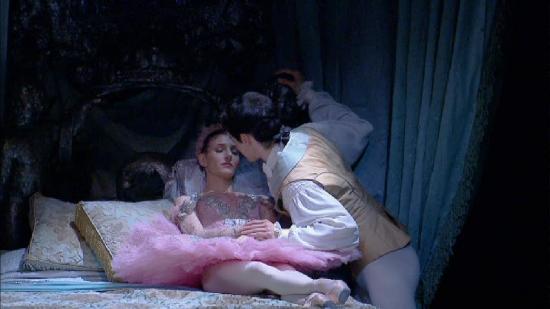
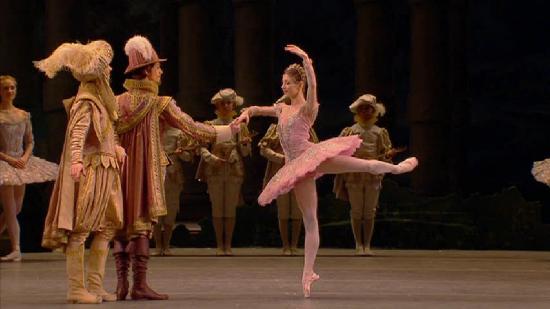
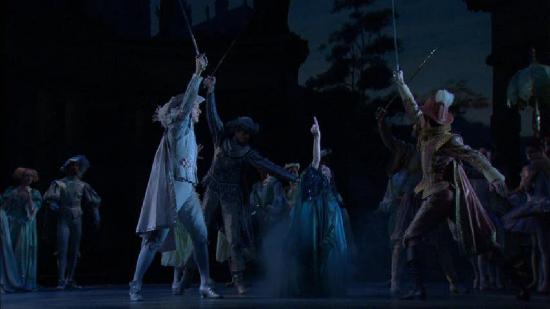
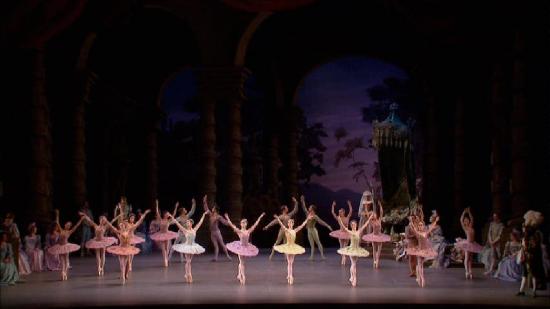
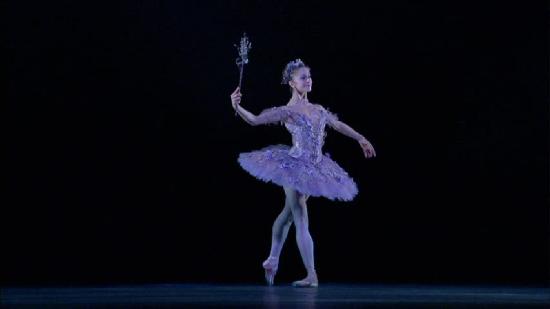
Your Opinions and Comments
Be the first to post a comment!